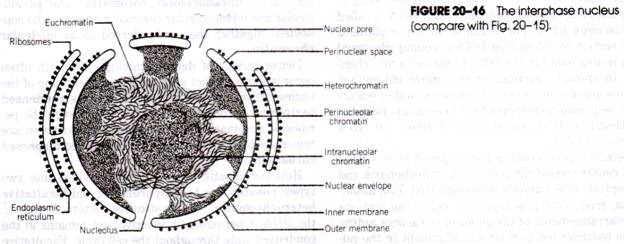Experimental Preparation of Temporary Mounts of an Onion Peel !
Experiment:
Objective:
To prepare a stained temporary mount of an onion peel and to record observations and draw labeled diagrams.
Apparatus and materials required:
An onion, glass slide, watch glass, coverslip, forceps, needles, brush, blade, filter paper, safranin, glycerine, dropper, water, and a compound microscope.
Theory:
All living organisms are made up of cells. The shape, size and the number of these units vary in organisms. The three major components of a cell are the cell membrane, cytoplasm and nucleus. In a plant cell, a cell wall surrounds the cell membrane.
Procedure:
1. Take an onion and remove its outermost peel.
2. Now cut a small part from an inner scale leaf with the help of a blade.
3. Separate a thin, transparent peel from the convex surface of the scale leaf with the help of forceps.
4. Keep this peel in a watch glass containing water?
5. Add two drops of safranin stain in the watch glass to stain the peel.
6. Take a clean slide and put a drop of glycerine in the centre of the slide.
7. With the help of a brush and needle transfer the peel on the slide. Glycerine prevents the peel from drying up.
8. Carefully cover it with a coverslip and avoid any air bubble from entering interring the coverslip.
9. Remove any excessive glycerine with a filter paper.
10. Observe the prepared mount of the peel under the low and high magnification of a compound microscope.
Observations:
A large number of rectangular cells are visible. These cells lie close to each other with intercellular spaces between them. These cells are surrounded by distinct cell walls. These cells have a dark stained nucleus and a large vacuole in the centre.
Precautions:
1. Overstaining and understaining should be avoided.
2. Folding of the peel should be avoided.
3. Clean and dry glass slide and coverslip should be used.
4. Coverslip should be put carefully avoiding any air bubbles.
Experiment 1.2:
Objective:
To prepare a stained temporary mount of human cheek cells and to record observations and draw labelled diagrams
Apparatus and materials required:
Toothpick, slide, coverslip, filter paper, needles, brush, watch glass, methylene blue, dropper, glycerin, water and a compound microscope
Theory:
Animal cells are usually irregular in shape. They do not have a cell wall. They are surrounded by a cell membrane and contain cytoplasm and nucleus.
Procedure:
1. With the help of the flat end of a washed toothpick gently scrape the inside of your cheek.
2. Place the scrapings in the centre of a clean glass slide.
3. Add a drop of water arid a drop of methylene blue.
4. After one minute remove the extra water mixed with methylene blue by slightly tilting the slide.
5. Put a drop of glycerine over the stained scrapings and cover it gently with a coverslip.
6. Remove the excessive glycerine using filter paper.
7. Observe the scrapings under the low and high magnifications of a microscope.
Observations:
Many flat, oval or irregular cells are seen. The cell membrane encloses hyaline cytoplasm and an oval, dense nucleus. The cell wall is absent as in all animal cells.
Precautions:
1. The cheeks should be scraped gently avoiding any injury.
2. Over-staining and under-staining of the cells should be avoided.
3. Coverslip should be placed carefully avoiding the entry of air bubbles.
4. A dry and clean glass slide and coverslip should be used.
5. The cheek cells should be spread properly to avoid their folding.

